The Vikings were known for their rich culture as well as their violent invasions on numerous lands. They also made some amazing discoveries, such as discovering Greenland. All of these incredible feats were performed by Viking leaders and monarchs. So, who were the top nine Viking kings and leaders?
The nine legendary Viking rulers and leaders listed below shaped the Viking mythos, which continues to live on in tale and song with extraordinary strength.
1. Ragnar Lodbrok (AD 8th or 9th – 9th century)

Norse sagas credited Ragnar with invading and establishing the kingdom of Northumbria in England, as well as leading the major raid on Paris in AD 845. Although Paris was a small city at the time, located on the Ile de la Cité on the Seine River, it was the capital of West Frankia and the hub of power, civilization, and trade in Western Europe. A bribe was paid by the Frankia king, Charles the Bald, as a result of the raid. A sum of 7,000 livres (nearly two and a half tons of silver and gold) was enough to drive the Vikings away, at least for the time being.
2. Harald Fairhair (AD 850 – 932)
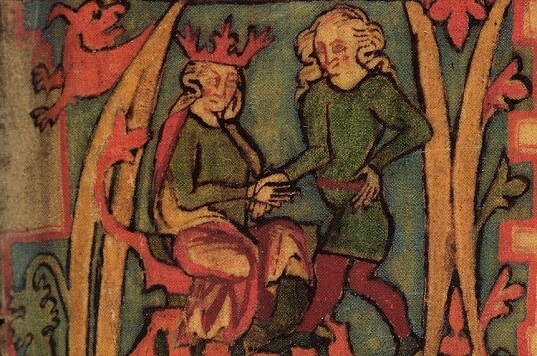
Herald Fairhair is little known because very few contemporary records about this king survived. What we do know is that he was born about AD 850 and began conquering the tiny kingdoms of coastal Norway at an early age. At the age of 22, he was recognized as the first king of the Norwegians during the Battle of Hafrsfjord in AD 872, which resulted in the unification of Norway. His ascension to power forced his opponents further north, spreading Viking settlements in Iceland, the Orkney Islands, the Shetlands, the Hebrides, the Faroes, and the north of England. Harald died in 933, after reigning for 28 years, from natural causes.
3. Gaange Rolf, Rollo (AD 860 – 930)
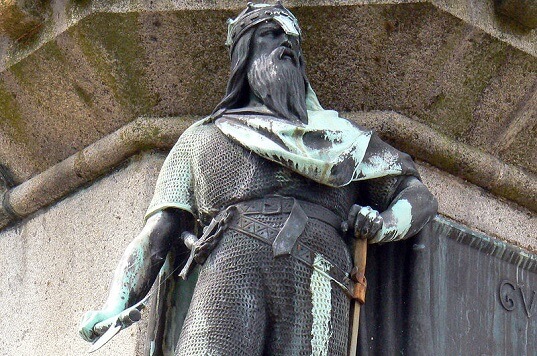
Gaange Rolf, often referred to as Rollo was a Harald Fairhair subject who was born around 860. He raided the coasts of Ireland and Scotland as a young man, and in 911 he joined a group of allied Viking troops to sail up the Seine River and seize Paris (again). The invading troops were given 700 livres of silver to flee by West Frankia’s ruler, Charles the Simple. More crucially, Charles proposed to give Rollo land in exchange for a pledge of allegiance to the Frankia monarchy and protection. Rollo and his Viking vassals established a dynasty that included William the Conqueror on the northern coast of France, now known as Normandy.
Rollo was baptized into the Christian church as Robert, yet he continues to worship the Norse gods until his death.
4. Gorm the Old (AD c. 900 – c. 958)
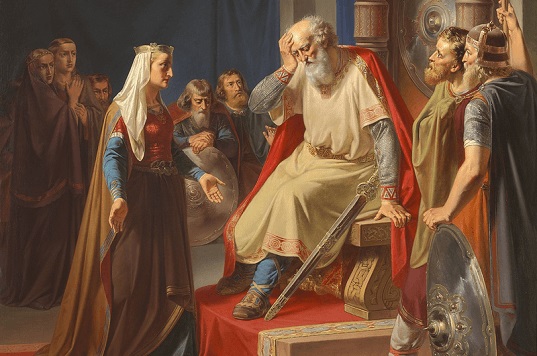
Even during the height of the Viking Age, as the Norsemen surged into Europe with raids and forced settlements, they were the subject of a European cultural counterattack in the shape of Christian missionaries. The monarch of Jutland, in what is now northern Denmark, was known as Gorm the Old – not because of his age, but because of his devotion to the old gods. Born in the year 900, he became Denmark’s first historically recognized monarch in 936 and reigned until he died in 958.
5. Harald Bluetooth (AD c. 936 – c. 986)
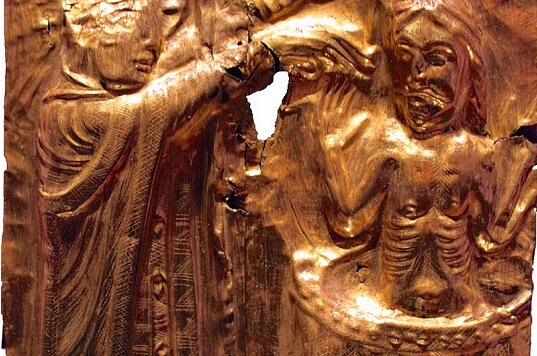
Harald Gormsson, the son of Gorm the Old, was born in the year 935. Following his father’s death in 958, Herald ascended to the throne of Denmark and briefly ruled Norway in 970. Harald maintained his parents’ agenda of reinforcing old and erecting new defensive constructions to safeguard his kingdom against the Saxons, raising what is now known as Jelling Stones (the sources of the best-known runic inscriptions in Denmark). During his rule, the Danish Vikings were also converted to Christianity on a considerable scale.
6. Sweyn Forkbeard (AD c. 960 – 1014)
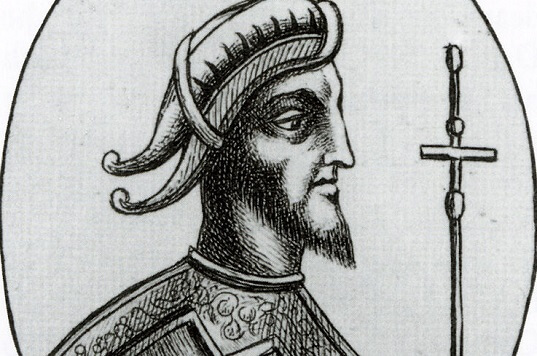
Sweyn has been called many things, including Sweyn Forthchog (Sweyn Forkbeard), Sweyn Dateniad (English sources), Svein, Svend, Swegen, and Sveinn Tjguskegg, but none of them matches the name he gave himself. Sweyn rose against his father, Harald Bluetooth, and took the kingdom in late 986 or early 987. Sweyn conquered most of Norway by AD 1000 and was the first Danish monarch who minted coins with his likeness, with the inscription Sven, king of the Danes. After a long period of battling against the English, he was acclaimed King of England in 1013 but died only five weeks later.
7. Eric the Red (AD c. 950 – c. 1003)
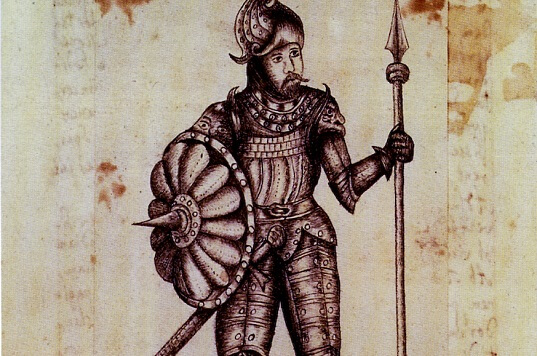
Erik Thorvaldsson (nicknamed “the Red” for the colour of his hair) was born in the year 950. Following a quarrel with other settlers in AD 982, he was exiled for three years. During his exile, he spent time exploring, and while Erik the Red is frequently credited with discovering Greenland, it is more likely that Norseman was previously aware of its existence. Erik did, however, succeed in locating ice-free places suitable for agriculture. When Eric returned to Iceland in 985, he persuaded enough Norsemen to build homesteads and towns along Greenland’s southwest coast.
8. Leif Erikson (AD c. 970 – c. 1020)
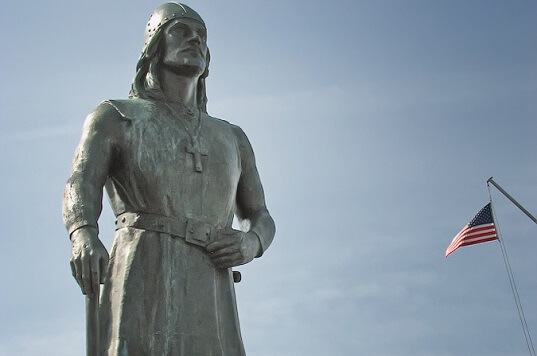
As a child, Leif Erikson accompanied his father, Erik the Red, to the new colonies in Greenland, but in the year 999, Leif embarked on a voyage of discovery with 35 men. He made three landfalls, the first of which he named Helluland (“Flat-Rock Land,” likely Baffin Island), the second Markland (“Forest Land,” possibly Labrador), and the third Vinland (“Land of Grapes,” now assumed to be in the Gulf of St. Lawrence). He founded a town in Vinland, but warfare with the local inhabitants, whom the Norsemen dubbed “Skraelings,” eventually rendered the settlement unsafe, and the survivors retreated to Greenland.
9. Harald Hardrada (AD c. 1015 – 1066)
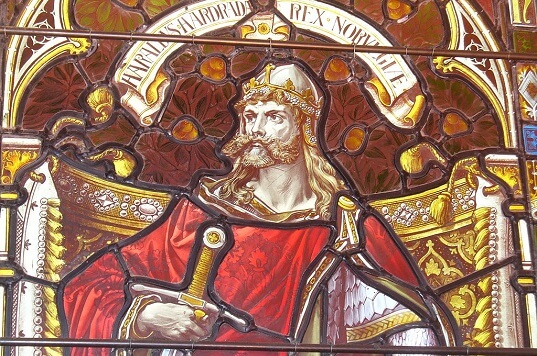
The Viking Age was in decline by the middle of the 11th century. Many historians regard Harald as the last of the legendary Viking rulers. He was able to establish himself as King of Norway, which he reigned for two decades under the nickname Harald Hardrada (“The Hard Ruler”). By 1066, he had turned his attention to England. Harald was defeated at the Battle of Stamford Bridge by the soldiers of the English king, Harold Godwinson. Although Harald perished in the battle, he had some form of vengeance: Three days later, the Normans arrived on the Sussex coast, hundreds of miles to the south, where William the Conqueror launched his campaign to seize the English throne and transform British history.
